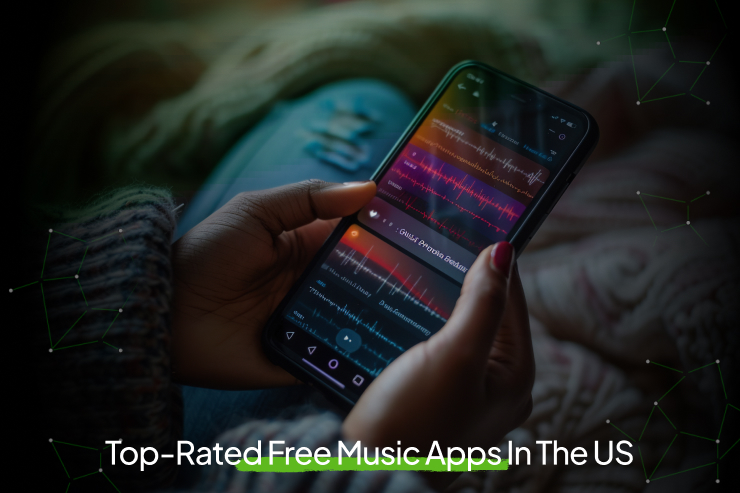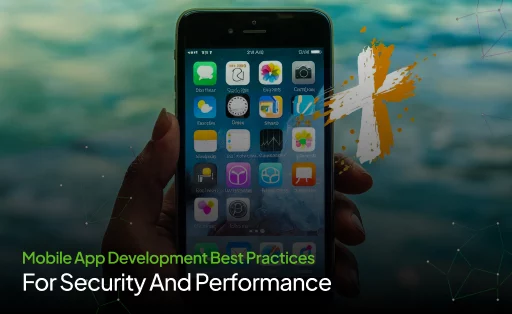Meta Quest 3 VS Apple Vision Pro: Which one Is Better, And For What? Tech
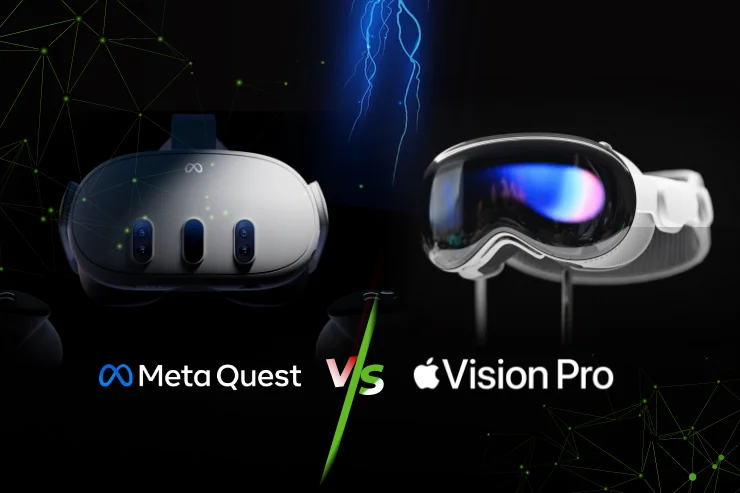
Virtual reality is quite a diverse space compared to a few years back. There are a number of great VR headsets, including the HTC Vive series, the Oculus Quest series, and the PlayStation VR headset, and you can find these products accessible everywhere with adequate support from game developers.
However, today, we’re going to discuss the Meta Quest 3 and the Apple Vision Pro. The Meta Quest 3 is Meta’s best product to date and is effortlessly among the best standalone VR headsets on the market. It even does a mixed reality experience precisely well, and it’s simply the best untethered VR headset on the market currently.
Revolutionize your digital experience with Progatix's VisionOS developers.
Contact Now!
Meanwhile, the Apple Vision Pro pledges to be a technological giant when it ultimately launches. Apple has put loads of effort into the mixed-reality headset. In reality, there’s so much effort put into it that it’s been overdue a few times and has writhed from innumerable supply chain issues. It’s also meanly expensive.
The Meta Quest 3 and the Apple Vision Pro will be accessible over the Apple Store after launch for buying purposes. Let’s discuss what makes these two products similar and different.
You must be thinking, “Why is there a need to compare Apple Vision Pro with Meta Quest 3? The Vision Pro is clearly better.”
We agree that the Vision Pro, priced at nearly $4,000, has the better hardware. It’s got zippier processors, far more cameras and sensors, supports eye tracking, and more. At the same time, however, both the Vision Pro and Quest 3 share many of the same features.
The Apple Vision Pro has made its first entry into the AR/VR field, and it costs more than three times as much as the next-most-costly headset, the Meta Quest Pro. However, they’re both filled with features comprising eye and hand tracking, with both equivalent to top-of-the-line standalone headsets.
What is Apple Vision Pro?
The Apple Vision Pro is referred to as an innovative mixed-reality headset, hopefully laying the groundwork for all forthcoming AR and VR interfaces. Apple’s first entry into the sort is implausible on every front, comprising the best cameras, display, and processors usually coming with such device types along with a revolutionary control scheme avoiding physical handheld controllers. Vision Pro has proved itself to be the most progressive and instinctual mixed reality headset available, with the barricade of accessing this new platform quite high, and the worth of investing in it depends on the buyer and their budget.
What is Meta Quest 3?
Meta Quest 3 refers to a virtual reality (VR) headset developed by Reality Lab. It features updated hardware with components of the Quest Pro, including a thinner form factor and lenses, additional sensors, and colour passthrough cameras planned for mixed reality software by utilizing innovative mixed reality to offer new immersive experiences. From breaking ghosts in your living room to dancing in a VR Zumba studio or getting a courtside view of NBA games, there’s lots to explore with Quest 3.
Elevate Your Experience with VR App Development Today!
Let's ConnectWhat are the Differences and Similarities Between the Two?
Display
Apple isn’t very concerned about the Vision Pro’s precise resolution, only asserting that it shows 23 million pixels utilizing a micro-OLED projection system. Supposing that’s 11.5 million pixels per eye, the Vision Pro’s resolution is more than 4K (about 8 million pixels). The Meta Quest Pro holds behind significantly with a 1,920-by-1,800 resolution or 3.7 million pixels.
The variance is deceiving when you put both headsets on, though the Vision Pro is evidently sharper. They both seem to have corresponding brightness and colour, yet the Vision Pro holds control of the refresh rate with 90Hz, 96Hz, and 100Hz modes, while the Quest Pro only has 90Hz.
Winner: Apple Vision Pro
Controls
This is one of the major differentiators between the two headsets (besides price). The Vision Pro relies completely on eye and hand tracking, preceding any physical controllers. With the Vision Pro, you solely look at any intractable object and tap your fingers to select it. It’s the most instinctive and operative control system we’ve seen on any AR or VR headset and is sincerely a rebellion for the category. The gesture recognition is particularly imposing because it can identify that you’re tapping your fingers even when you’re sitting down with your hands relaxed in your lap, well underneath where you would assume to have to hold them.
The Meta Quest Pro also has eye and hand tracking, with both features feeling incomplete. Eye tracking is precise when sustained inside apps or the interface, with changeable employment. Hand tracking feels very hit or miss, lacking precise hand movements and placing. Your hands need to be almost directly in front of the headset’s cameras for it to work. Meta’s headset comes with physical controllers because it requires them. The controllers are fine, but they aren’t closely as natural to use as the Vision Pro’s eye and hand tracking.
Winner: Apple Vision Pro
Video Passthrough
Both headsets have colour cameras to allow observing the surroundings, supporting augmented reality (AR) features that older VR headsets can’t do. They can scan objects nearby you, track your location within the room, and place floating windows and objects in that space, i.e., a virtual big screen in front of your couch.
Clarity is the main difference between the two. The Meta Quest Pro’s video passthrough amazed everyone back in 2022, according to PCMag, when it was the first headset accessible to consumers with a colour view at all. The cameras are vague, though, which can make it feel like you’re wearing glasses that aren’t your prescription, even with sharp projected AR elements.
The Vision Pro, meanwhile, is leagues sharper regarding both external camera and internal display resolution and while it can’t demonstrate as wide a colour range as your naked eyes, it almost feels like you’re watching through transparent goggles. The Vision Pro’s video passthrough is so good that it allows reading text on monitor and phone while wearing the headset, something that’s not likely with the Quest Pro.
Winner: Apple Vision Pro
Design
The two headsets sport parallel designs, though each company has their own turn. The Meta Quest 3 has a more practical design with a plain white plastic front covering three pill-shaped modules on the front that hold cameras and other sensors. Behind that is a Y-style head strap that goes over the top and behind the user’s head. Meta also retails Blood Orange and Elemental Blue straps along with facial edges if you’re into that.
It’s a prominent improvement from previous generations, as Meta has functioned hard to put the centre of gravity closer to the user’s face. That, plus the head strap, makes the Meta Quest 3 sit much more steadfastly on a person’s head, making it less prone to wobbles and sliding during unexpected movements.
Meta also included an IPD adjustment wheel that allows you to adjust the space of the lenses to your eye for the utmost eye comfort.
The controllers are also practically small and easy to hold using a joystick and two top buttons along with an ad hoc shoulder button on the controller’s handle. They are quite easy to utilize despite not being able to perceive them with just a little practice.
Winner: Apple Vision Pro
Hardware
Apple’s headset is much more potent than Meta’s due to one simple distinction: The Vision Pro uses desktop- and laptop-level processors, while the Quest Pro only uses a mobile processor.
The Apple M2 chip in the Vision Pro is the same one used back in 2022, according to internet resources, MacBook Pro and iPad Pro, along with the 2023 Mac mini and MacBook Air. With the exemption of the iPad Pro, those functions as full computers, and even the iPad Pro mesmerized us with its laptop-level performance. In the Vision Pro, the M2 is reinforced by a steadfast R1 processor for all of the spatial tracking and analysis, keeping the M2 attentive to the standard OS and software tasks.
The Quest Pro simultaneously uses Qualcomm’s Snapdragon XR2+, built over the Snapdragon 8 line of high-end mobile chips with both adept, but the Vision Pro is a clear step above.
Winner: Apple Vision Pro
Software
I am worried about the dearth of apps and features on a brand-new mixed-reality platform, but this is not the case with visions. The Vision Pro’s operating system is built over iOS, iPadOS, and macOS, which share sufficient capabilities and contain numerous native versions of Apple apps. There are dozens of native apps and games for visions, but more significant is the platform’s sustenance for many iPad apps, appearing as floating windows similar to many other native apps.
That said, there are numerous disappointing holes in the Vision Pro’s iPad app compatibility, particularly all Google apps and Netflix’s absence from its app store. Providentially, you can still access those services through the Safari browser, and an official YouTube app is on the way.
The Meta Quest Pro uses Meta’s assorted reality platform, which is well-advanced thanks to numerous years of repetition across the headsets’ three generations. It’s built on Android distantly, and unlike visionOS and iPad apps, you can’t simply load Android tablet apps against the Quest Pro, If you need to upload any Android app on Quest Pro, simply contact Progatix, or you can opt for custom software development. All software must be developed precisely for Meta’s platform to accompany its unique control schemes. That’s why eye and hand tracking aren’t constantly supported on the device.
Winner: Apple Vision Pro
Comfort
The Meta Quest Pro holds an astounding edge here. The Quest Pro looks and feels similar to a typical VR headset, featuring a plastic band wrapped around your head with a large plastic panel in the back for level weight distribution. The back panel features a substantial curved pad offsetting the front visor’s weight for a contented and balanced feel.
Meanwhile, the Vision Pro looks undeniably like an Apple product. Indeed, it looks like a big Apple Watch with an arched aluminium body and glossy black glass on its face. It’s even more watch-like with the involved Solo Knit Band, a flexible strap running horizontally around your head’s back that you can adjust through the nifty dial on the side. It’s stylish but not closely as comfortable as the Quest Pro due to no counterbalance for the equally hefty visor. It’s heavy on the face, and even swapping to the built-in Dual Loop Band doesn’t help much due to the strap over your head’s top running horizontally rather than vertically, so it doesn’t offer much support. If Apple doesn’t ultimately release a more supportive strap that balances the aluminium-and-glass visor, expectantly, third-party manufacturers will.
Winner: Meta Quest Pro
Battery Life
This is the biggest weakness for all standalone AR/VR/MR headsets, but the Quest Pro takes the lead here. Where Vision Pro’s battery is tethered to the headset through a cable, the Quest Pro’s battery is in-built, with both offering about the same amount of usage among charges. You’ll get two, maybe two and a half hours max, out of each, the Vision Pro or the Quest Pro.
Apple offers surplus batteries for the Vision Pro for $200 each but requires fully ruling down the headset to switch them. For extended sessions, both headsets can be used even during charging, at least.
Price
Price is the key difference between the two headsets. The Apple Vision Pro is a much more powerful mixed-reality headset than the Meta Quest 3 and is made with heavier, more premium materials and comprises better components; therefore, its high cost is not surprising.
The Apple Vision Pro costs $3,499 (£2,758) for the 256GB while the 512GB model costs $3,699 (£2,916), and the 1TB version costs $3,899 (£3,074). Its non-prescription reader lenses cost $99 (£78), while prescription vision inserts cost $149 (£117). If you need some accessories, the hard travel case to defend your gear will cost you $199 (£156), while a spare Vision Pro battery will cost a further $199 (£156).
There are two different storage sizes for the Meta Quest 3. The 128GB model costs $605.10 (£479), while the 512GB model costs $783.27 (£619.99). The prescription and non-prescription reader lenses are also cheaper than the Vision Pro, asking to pay only $63.14 (£49.99) for prescription lenses and $37.88 (£29.99) for non-prescription reader lenses. In total, you’ll pay less than £1,000 for a 512GB Meta Quest 3 with prescription lenses, a charging dock, an elite head strap and a charging case, or less than £800 for the same accessories and a 128GB model.
Winner: Apple Vision Pro
Conclusion: Which VR headset is best?
The overall comparison is challenging as these two devices inhabit space in the same product class, but they are evidently made for two completely different types of shoppers. The Meta Quest 3 has mixed reality, games, entertainment, and a lower price tag and is evidently designed as the everyday VR headset that most people can afford and use. In this, we think that the Meta Quest 3 prospers on virtually all levels. I’m not calling it perfect, but it is closer than anything else within this price range.
Meanwhile, the Apple Vision Pro is meant to be inspiring, starting with its price. At $3,499, the Apple Vision Pro is intended to be an appliance on average with your TV or laptop. Apple has consumed immense time and effort to make it excel at specific things humans need and thus need it to be a fixed part of your living room experience, from watching TV to undergoing spatial video. If you can afford it, Vision Pro can shine bright in these aspects.
Looking forward, it is an exciting fact that there is a possibility of a theoretical non-Pro version of Apple’s spatial computer that costs less. Until then, if affording the Vision Pro is not possible, then go for Meta Quest 3 as a standalone AR and VR instead of the Meta Quest Pro. It also allows enjoying a well-established platform with good features and performance but lacks eye tracking. However, for half the price of the Quest Pro, it’s a valuable trade-off.
Looking for a great VR set that will meet your business requirements? Connect with Progatix and leverage our virtual reality technologies and solutions for riveting VR experiences across platforms and hardware.


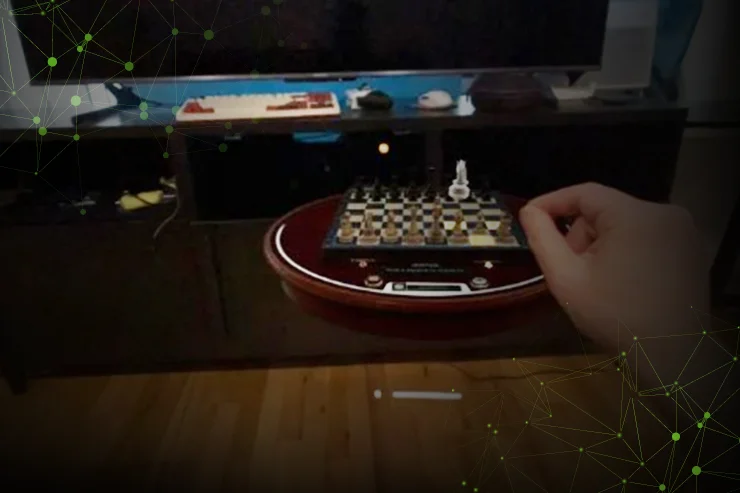
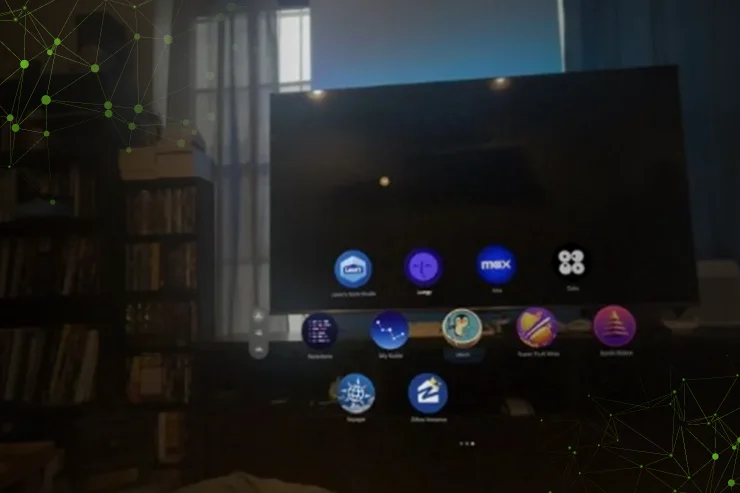
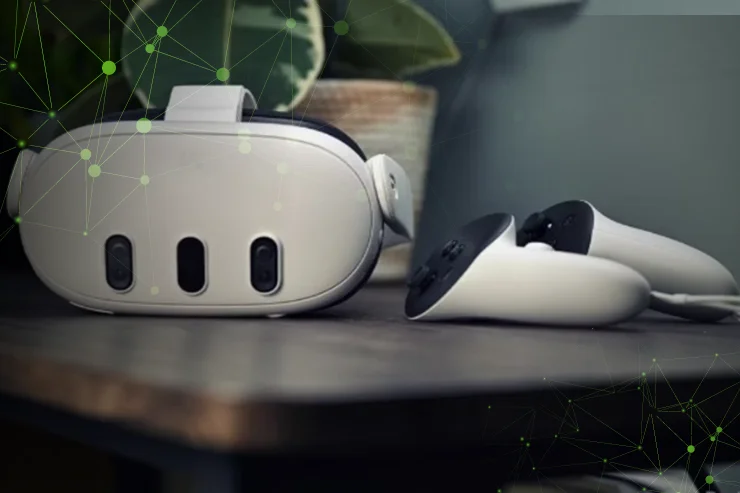
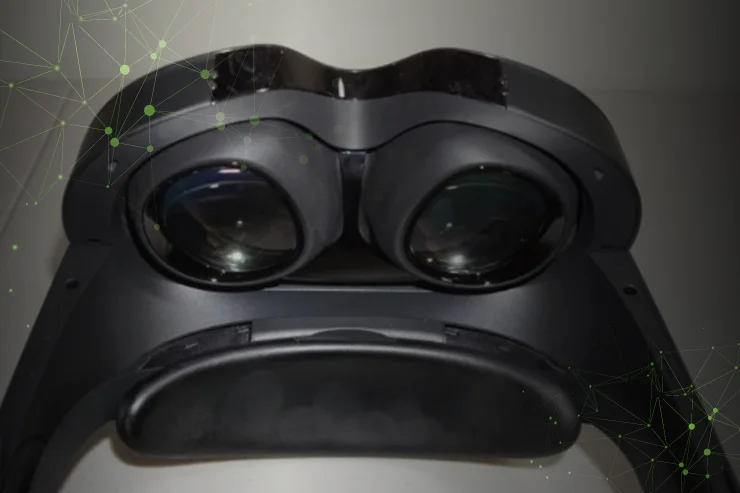
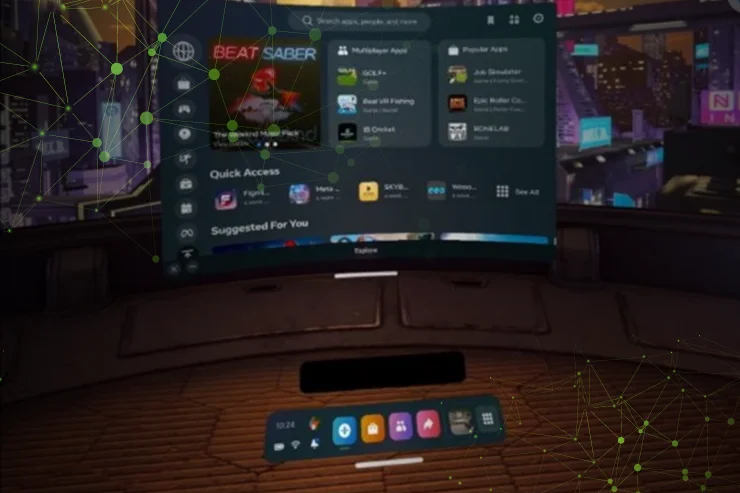
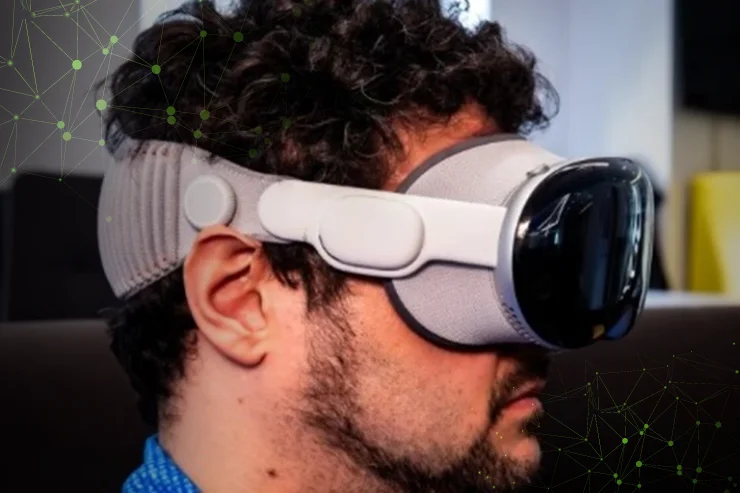
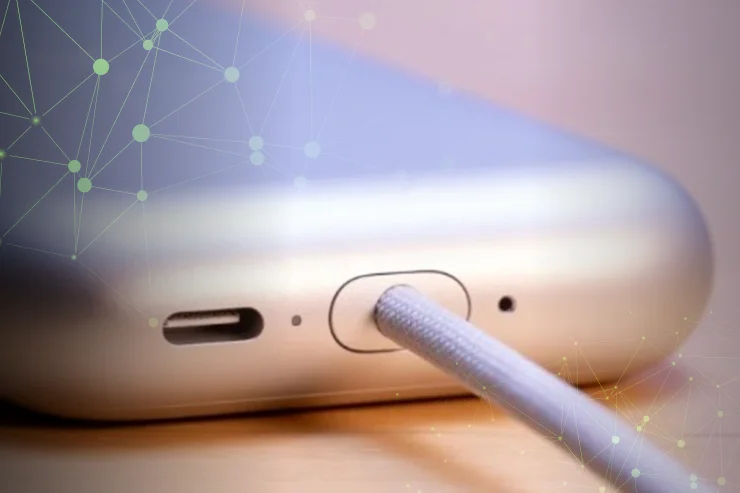

 Let's Discuss Your Tech Solutions
Let's Discuss Your Tech Solutions 

